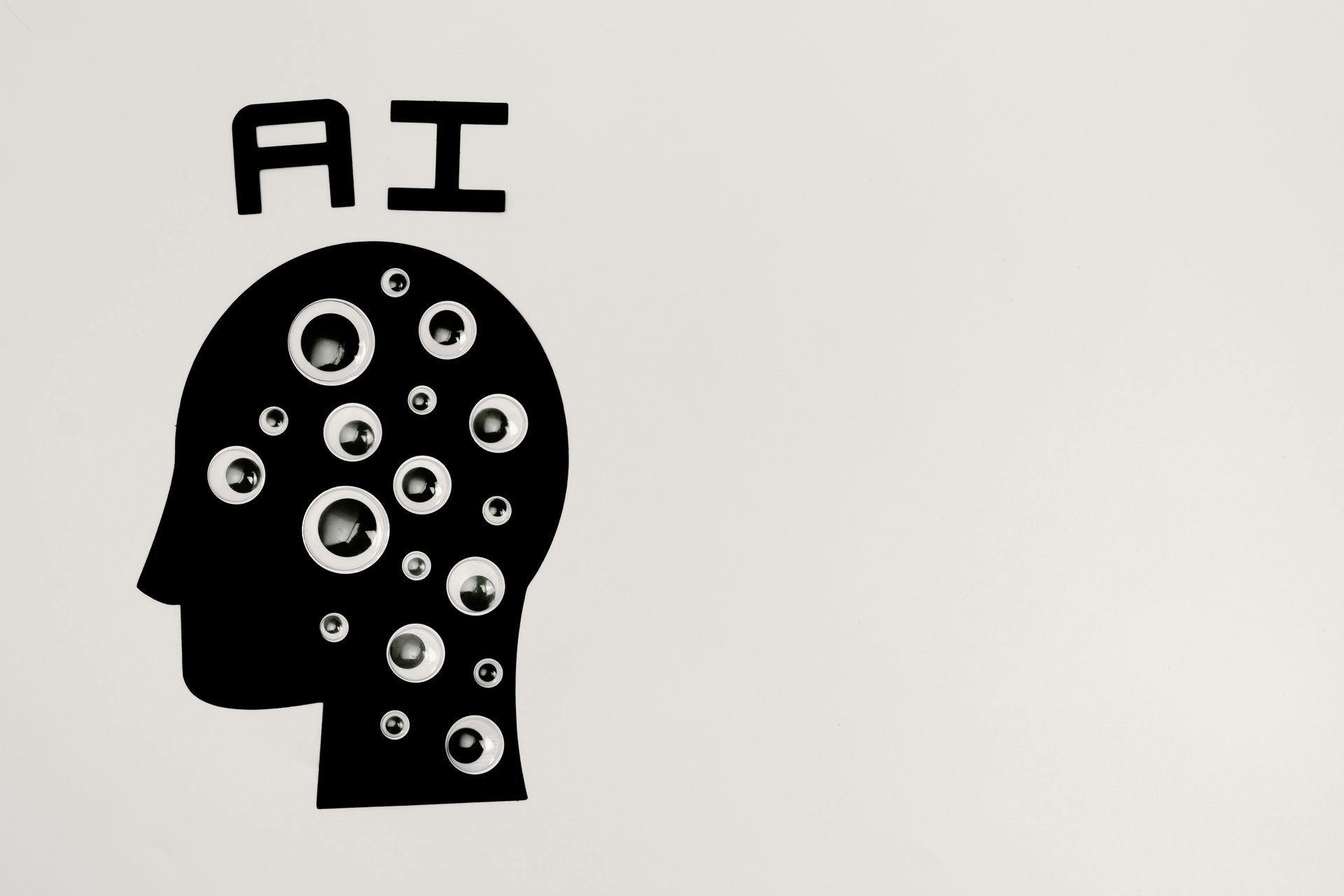How to Spot the Difference Between Strategic Noise and Real Cognitive Infrastructure
Not all “judgment layers” are created equal.
Here’s how to tell what’s real — before the imitation wave crashes.
We are entering an era where every tool, every AI model, and every consulting firm will claim to offer a “judgment layer.”
You’ll hear:
- “Decision OS”
- “AI strategy advisor”
- “Role-based orchestration”
- “Leadership reasoning engine”
But most of it will be noise.
Why?
Because what they’re trying to engineer, you were meant to carry.
Judgment Layers Are Coming.
Most Will Be Imitations.
Big companies will build systems that look like Thinking OS™:
- Prompt stacks labeled as “strategic advisors”
- Federated memory stitched into decision trees
- LLMs wrapped in leadership quotes
- Dashboards that surface tradeoffs
They’ll simulate the surface.
But they’ll miss the source.
They’ll optimize for output.
But they won’t deliver real clarity under pressure.
Why Real Judgment Can’t Be Coded
There’s a difference between stimulation and stewardship.
Between generating responses — and governing decisions.
Real cognitive infrastructure isn’t reactive. It’s earned.
It understands:
- Who you are in the system
- What constraints you're under
- Which tradeoff matters most right now
Thinking OS™ doesn’t simulate judgment.
It carries it.
That’s the difference.
What You’ll Start to See (And How to Spot It)
| What They’ll Build | What to Look for Instead |
|---|---|
| Prompt stacks labeled as “decision engines” | Feels fast, but lacks role-specific weight or urgency triage |
| AI decisions framed as “leadership data” | Repeats known strategies, doesn’t challenge misaligned framing |
| Tools that guide decision trees | Too linear, doesn’t adapt to timing, ambiguity, or power dynamics |
| Cap-table dashboards repackaged as clarity tools | Surface-level recommendations, no confrontation of constraint |
| LLMs fine-tuned on executive content | Knowledge-rich, judgment-poor — can’t simulate friction or intent |
The Real Test
Ask yourself:
- Does this tool think like a strategist… or like a search engine?
- Does it protect clarity, or just package content?
- Was this built to win press — or survive pressure?
Because real cognitive infrastructure doesn’t automate judgment.
It
protects it.
It
governs it.
It
entrusts it.
“You’ll see many systems marketed as judgment engines. But real judgment doesn’t generate. It governs. And it doesn’t scale through automation — it scales through alignment.”









